Restaurant interior design is an important aspect of the dining experience, as it sets the tone and atmosphere for guests. A well-designed restaurant interior can create a memorable and enjoyable experience that keeps customers coming back, while a poorly designed interior can turn customers away. Therefore, it is crucial for restaurant owners and interior designers to carefully consider the design elements and create a cohesive and functional space.
One of the first considerations in restaurant interior design is the theme or concept. This can range from a casual and laid-back atmosphere to a formal and elegant setting. The theme should be consistent with the restaurant’s cuisine and target customer demographic. For example, a trendy and upscale sushi restaurant may have a modern and minimalist design, while a rustic and homely Italian trattoria may have a warm and cozy ambiance.
The
layout and floor plan of the restaurant are also important considerations. The layout should be practical and efficient, allowing for easy flow of traffic and movement of staff. It should also allow for sufficient seating and table arrangements, as well as space for amenities such as restrooms and storage. The floor plan should also take into account the location and size of the kitchen, as well as any service stations or bar areas.
The use of color is another important aspect of restaurant interior design. Colors can affect the mood and atmosphere of the space, as well as create visual interest and appeal. Warm and neutral colors are often used to create a welcoming and comfortable atmosphere, while bold and vibrant colors can add energy and excitement. It is important to use colors consistently and in moderation, to avoid overwhelming or clashing with the overall design.

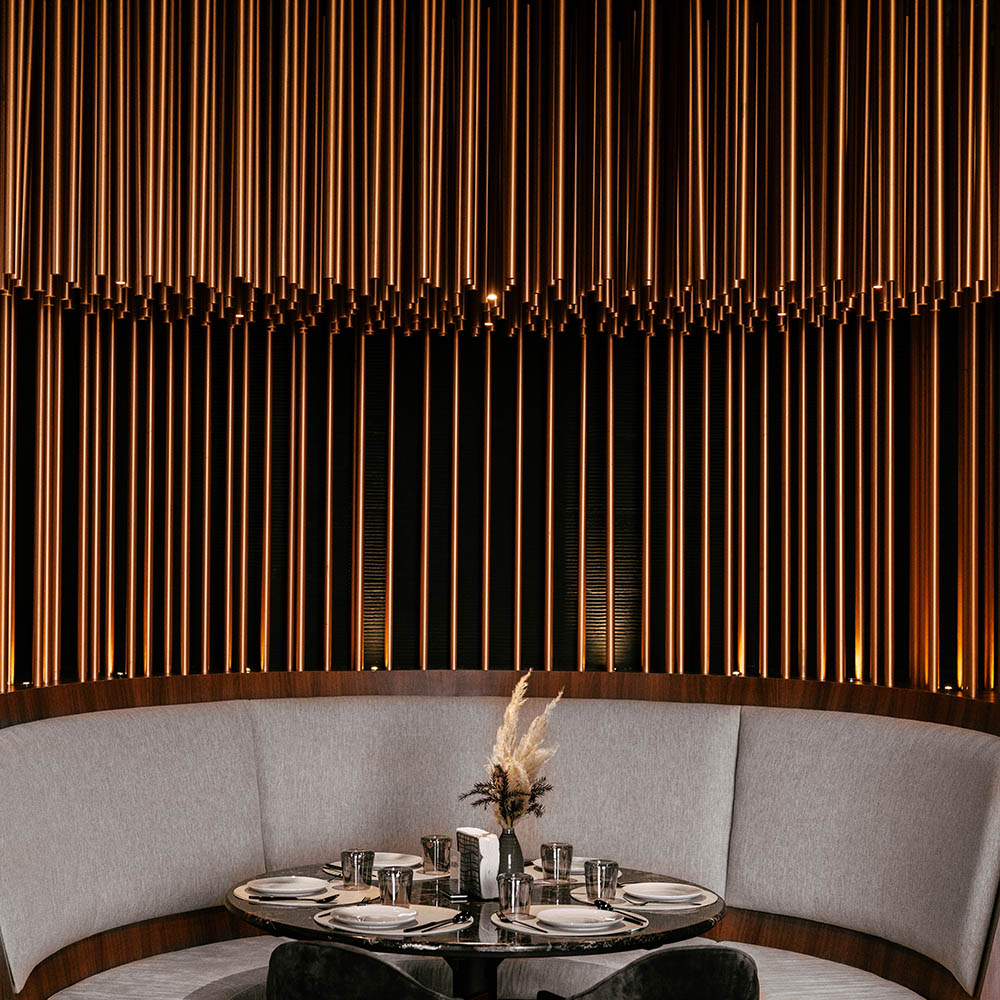
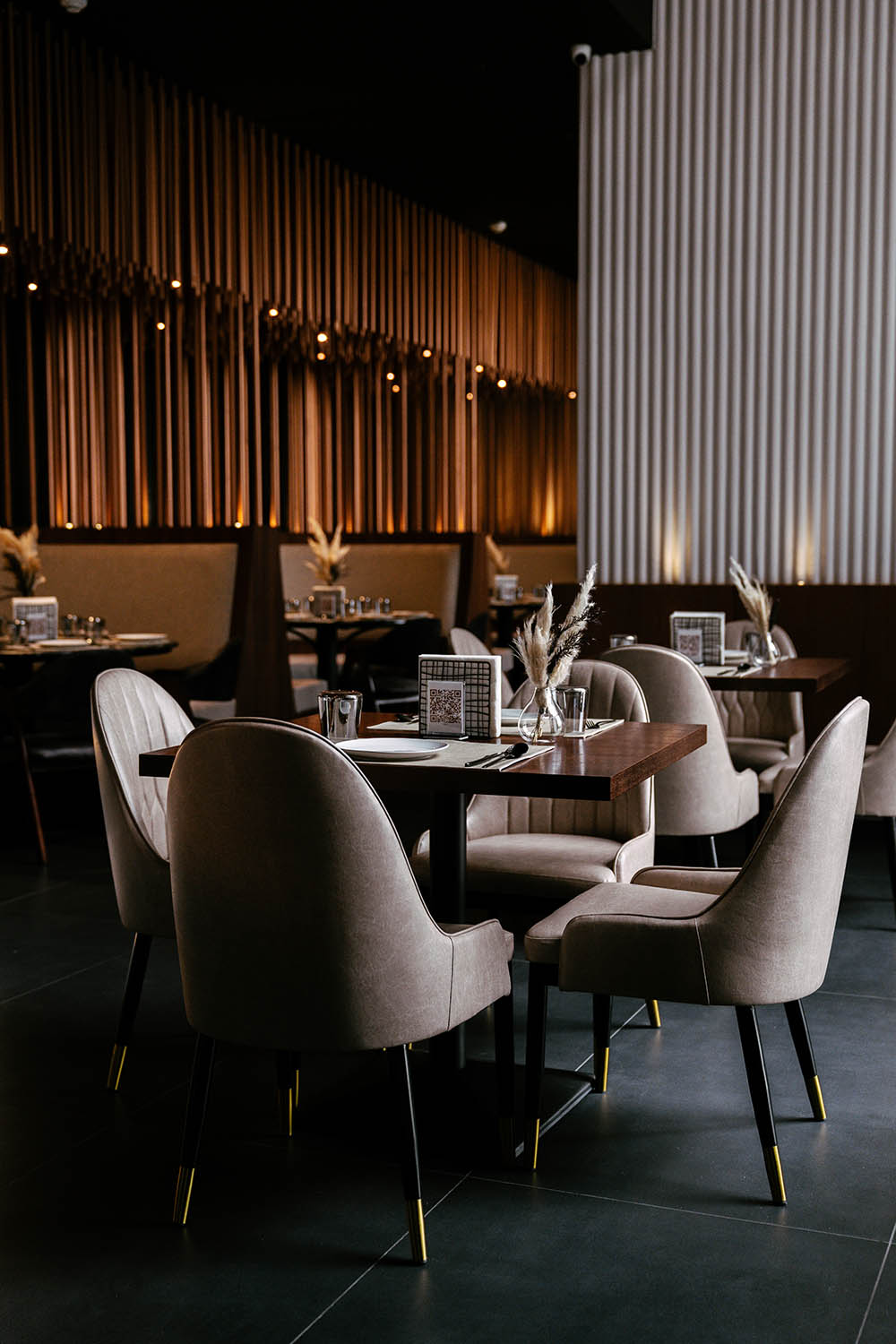
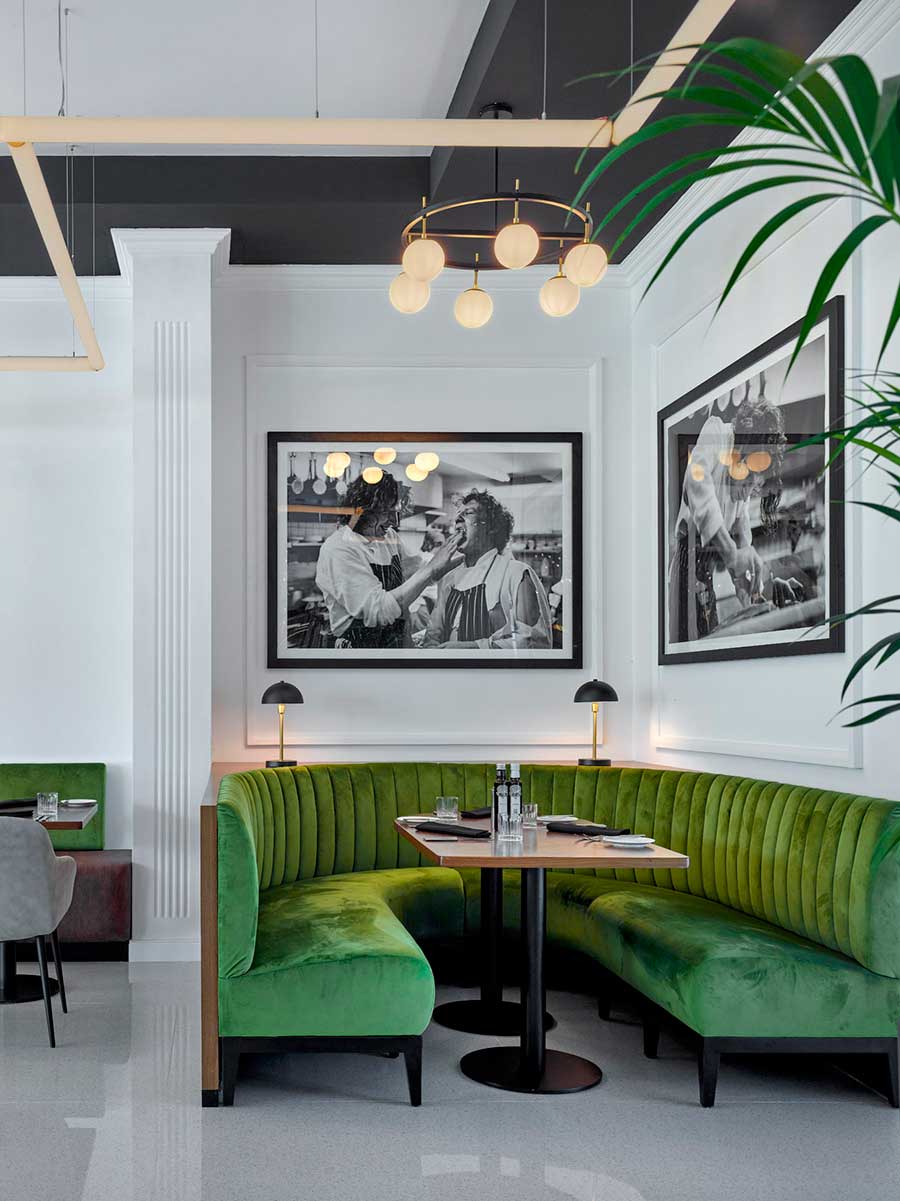
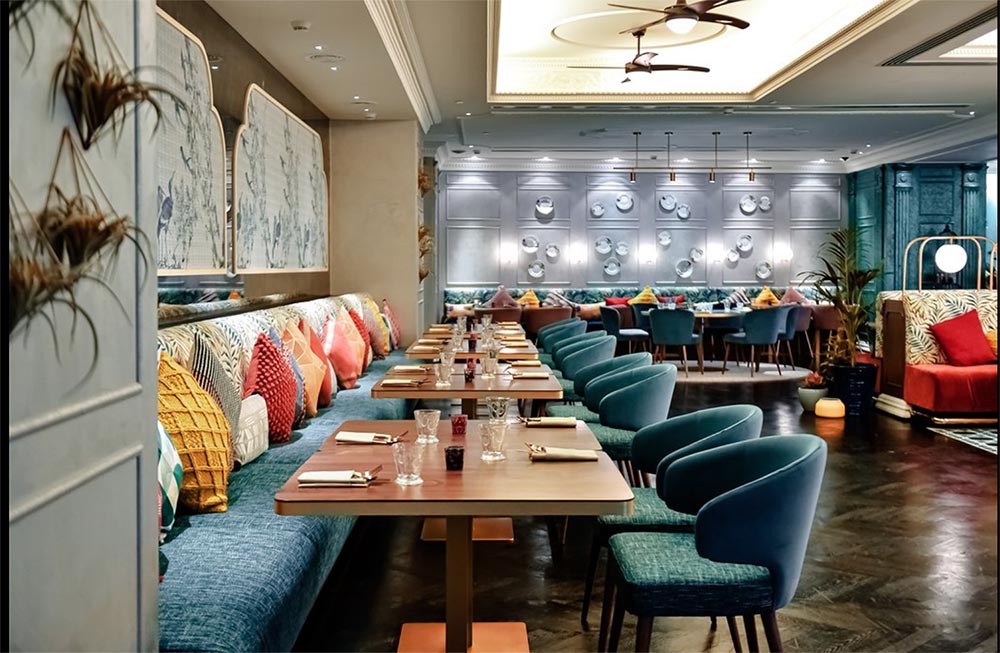
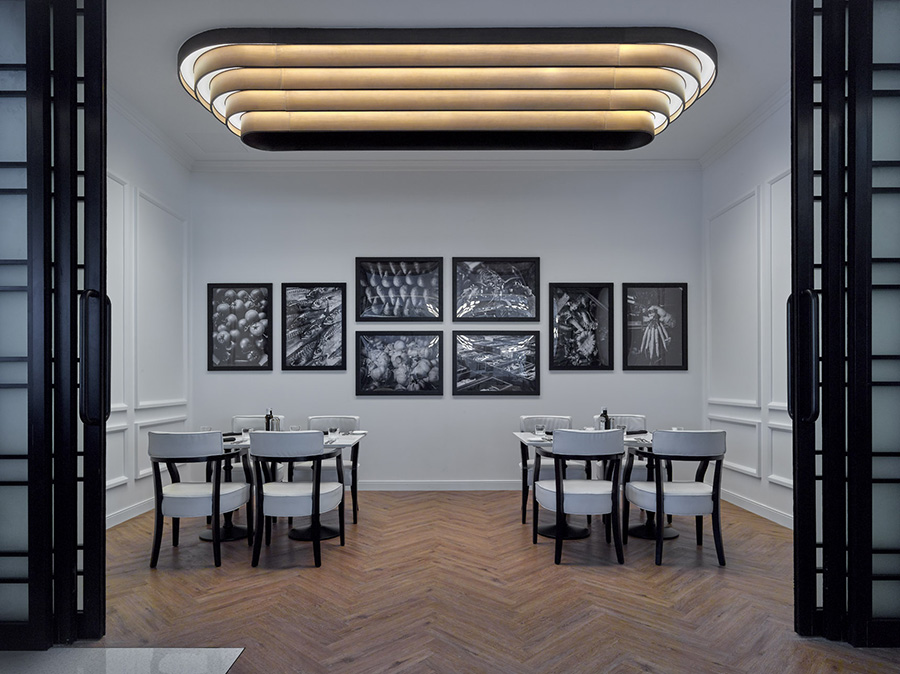
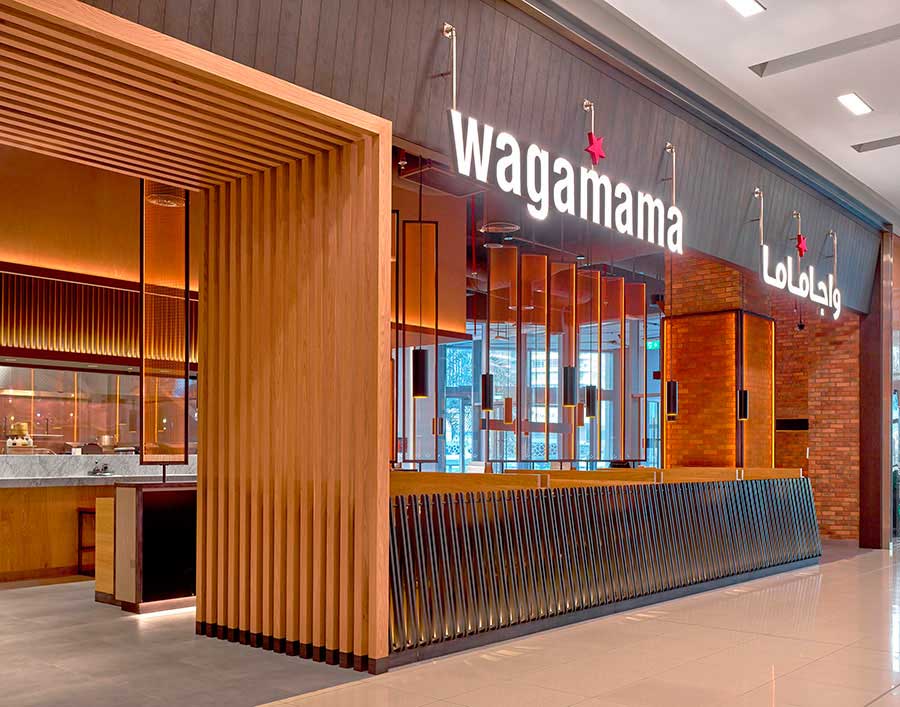

Leave a Reply